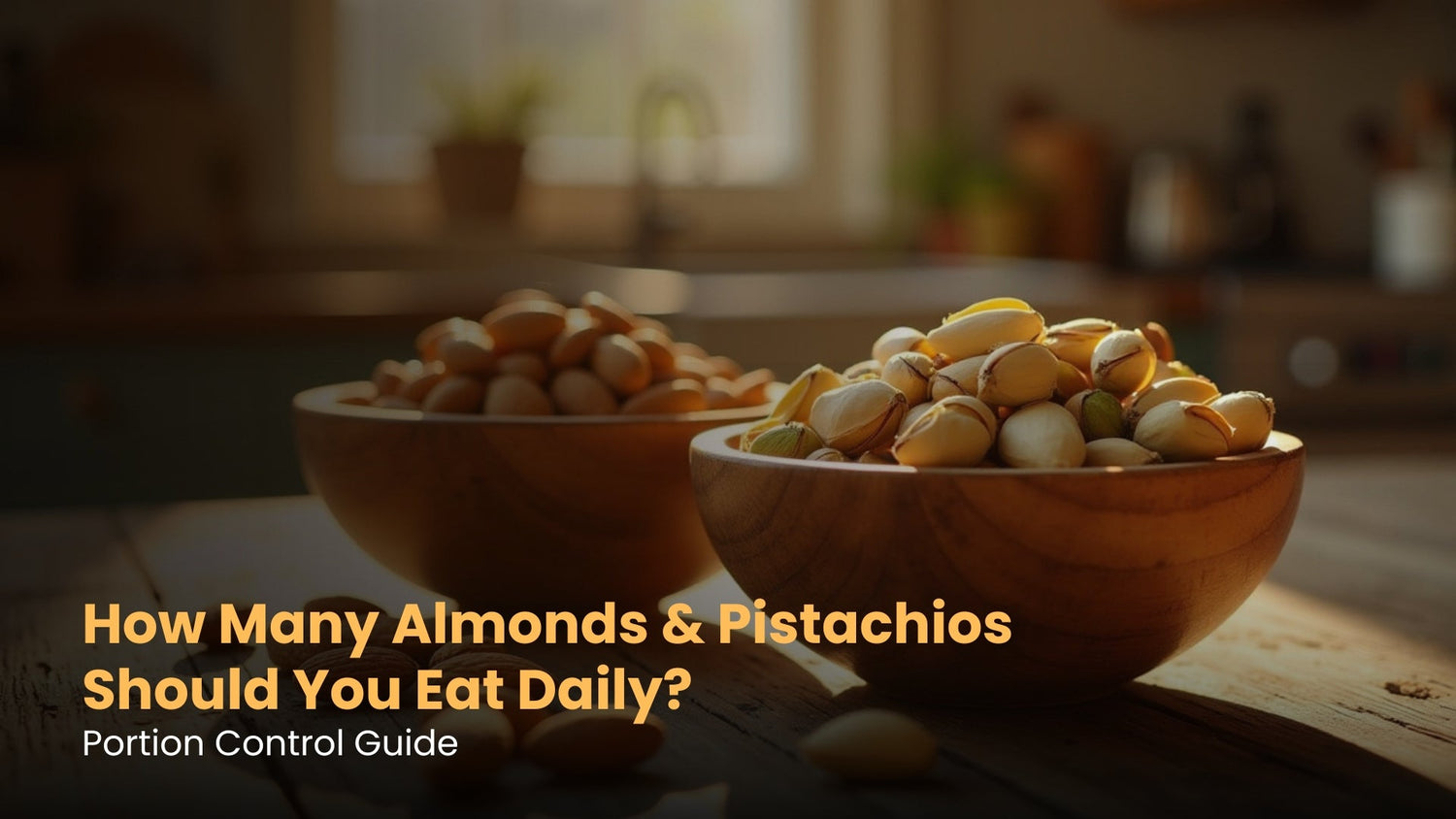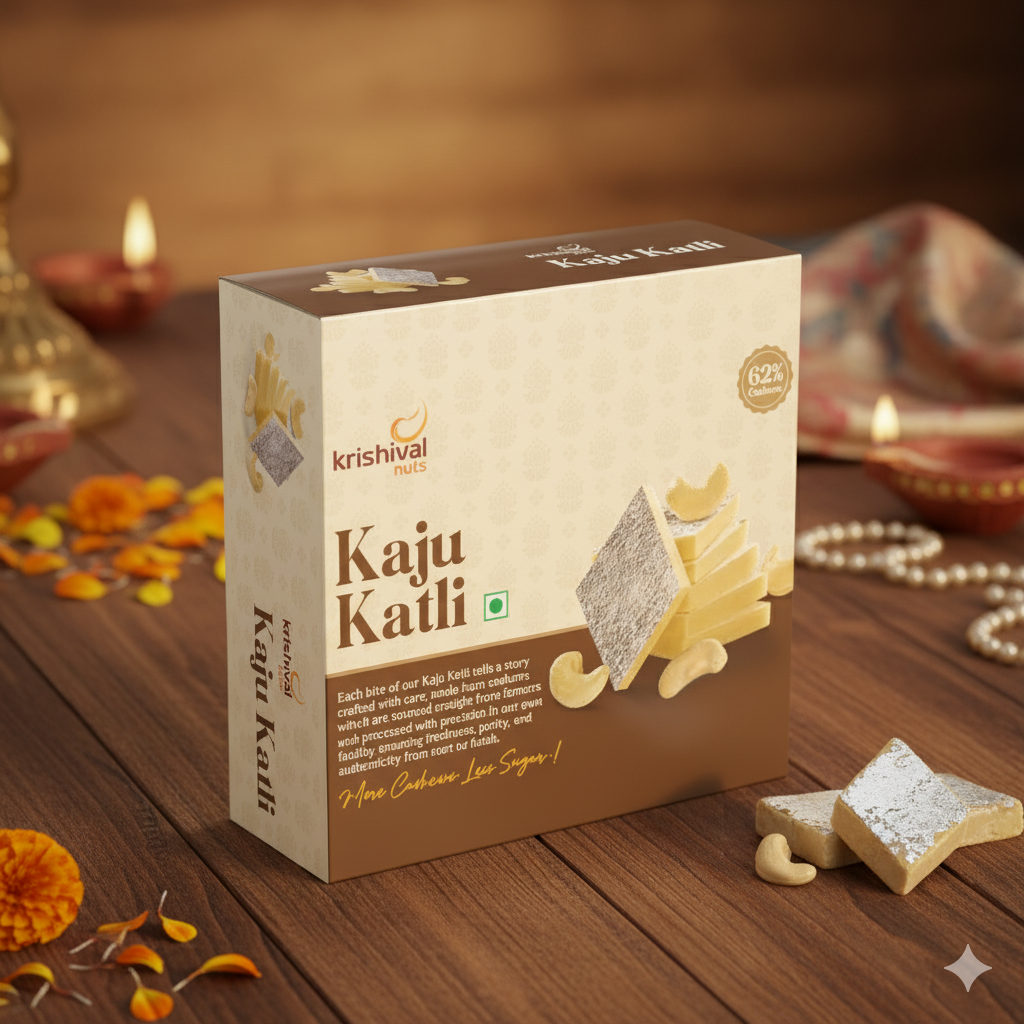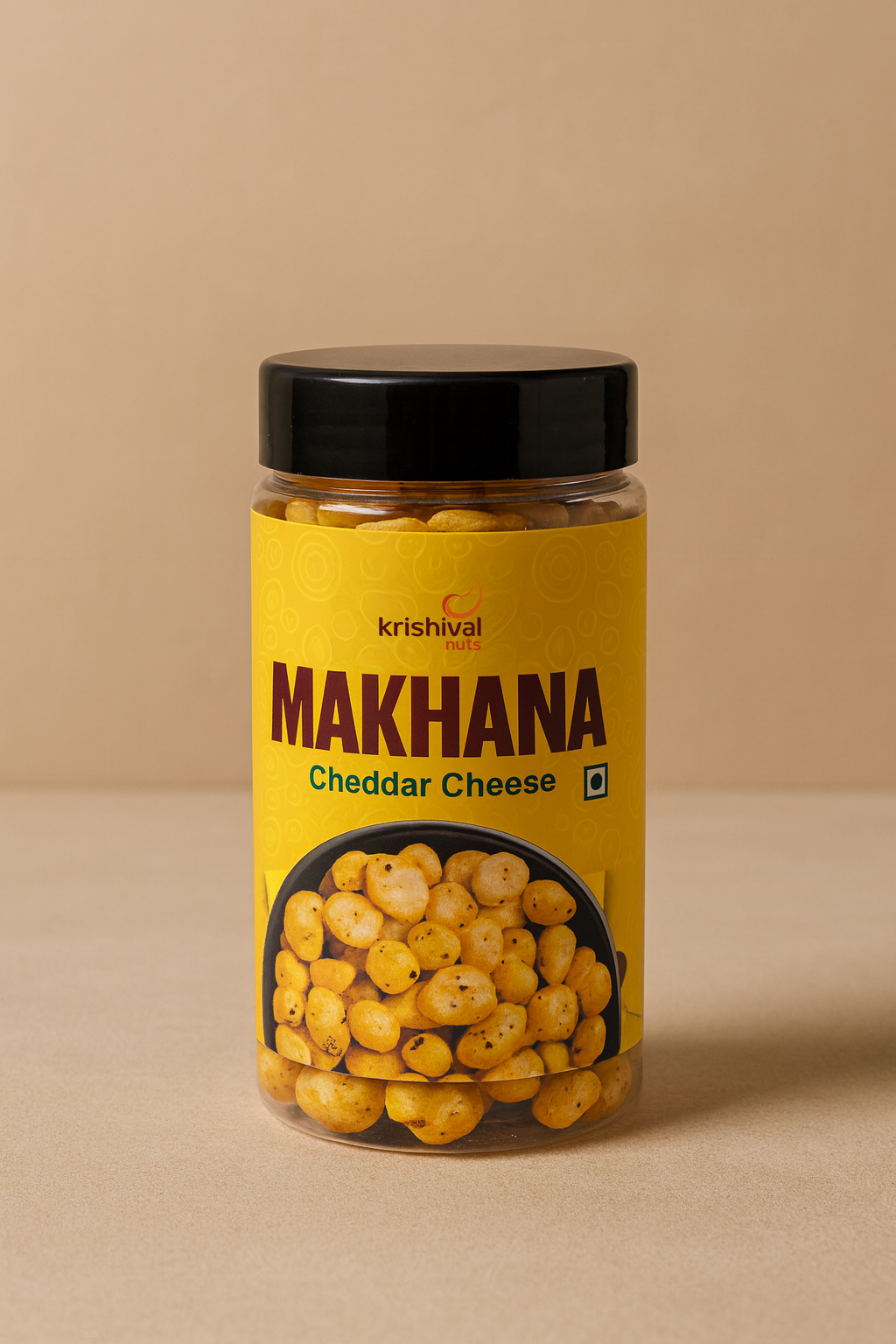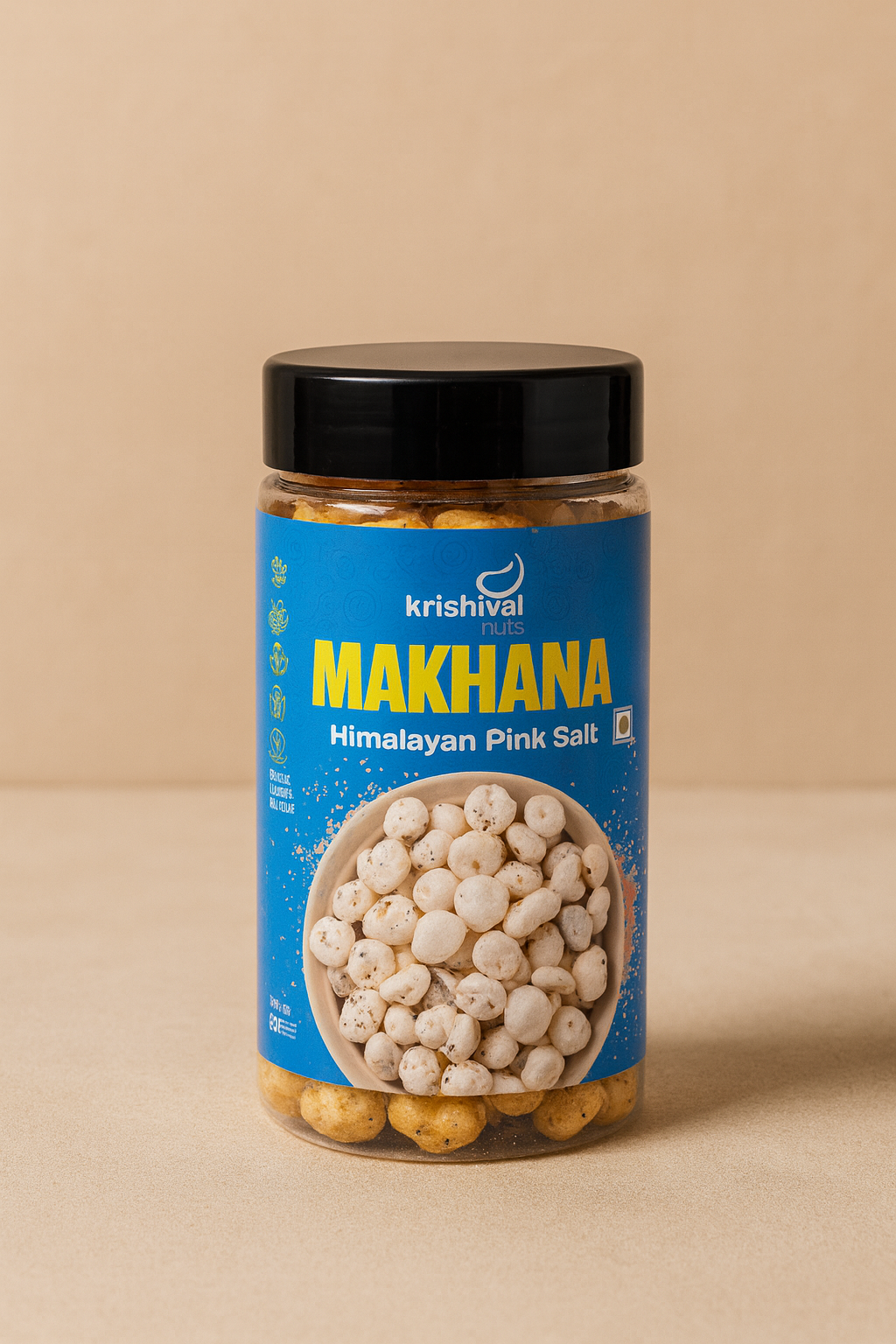Almonds and pistachios are two of the most popular and nutritious nuts around the world. Packed with essential nutrients like healthy fats, protein, fiber, and vitamins, they are often touted as excellent snacks for promoting heart health, weight management, and overall well-being. However, despite their many benefits, it's important to consume them in moderation. While these nuts are nutrient-dense, they are also high in calories, and eating too many can lead to unwanted weight gain or digestive issues.
Portion control plays a crucial role in ensuring that you enjoy the benefits of almonds and pistachios without overindulging. Proper portion sizes can help you manage your calorie intake, support your weight loss goals, and avoid excessive fat consumption.Table of Contents:
-
Introduction: Why Portion Control Matters for Almonds & Pistachios
-
Health Benefits of Almonds & Pistachios
-
Recommended Daily Intake of Almonds and Pistachios
-
Nutritional Breakdown: Almonds vs. Pistachios
-
How to Control Portions for Optimal Health Benefits
-
Impact of Overeating Almonds and Pistachios
-
Tips for Including Almonds and Pistachios in Your Diet
-
Alternatives to Almonds and Pistachios for Nutritional Variety
-
Conclusion: Balancing Your Daily Intake for Better Health
-
FAQs
Health Benefits of Almonds & Pistachios
Almonds and pistachios are not only tasty snacks, but they also offer a wealth of health benefits. Here’s a closer look at what these nuts can do for your health:
-
Heart Health: Both almonds and pistachios are rich in monounsaturated fats, which have been shown to improve heart health by reducing bad cholesterol levels (LDL). Additionally, these nuts contain antioxidants, such as vitamin E in almonds and polyphenols in pistachios, which help combat inflammation and oxidative stress, further promoting cardiovascular well-being.
-
Weight Management: Despite being calorie-dense, almonds and pistachios can be helpful in managing weight. Their high protein and fiber content helps increase feelings of fullness, making them an effective tool for controlling hunger and preventing overeating. Including these nuts in your diet can promote healthy metabolism and assist with weight loss when consumed in controlled portions.
-
Blood Sugar Control: Almonds have been found to have a beneficial effect on blood sugar levels, making them a great option for people with type 2 diabetes or those looking to prevent the condition. Pistachios, too, can help regulate blood sugar by improving insulin sensitivity. Their high fiber and healthy fat content slow the absorption of sugar into the bloodstream.
-
Gut Health: Both almonds and pistachios are a good source of fiber, which plays an essential role in digestive health. Fiber promotes regular bowel movements, supports healthy gut bacteria, and reduces the risk of gastrointestinal issues like constipation and bloating.
-
Rich in Vitamins & Minerals: Almonds are an excellent source of vitamin E, magnesium, and calcium, which are important for maintaining strong bones, supporting nerve function, and boosting the immune system. Pistachios are rich in vitamin B6, potassium, and copper, contributing to overall energy production and immune health.
Incorporating almonds and pistachios into your diet provides a variety of essential nutrients that can help support your overall health. However, understanding how much to eat each day is vital to ensure you enjoy these benefits without consuming too many calories.
Recommended Daily Intake of Almonds and Pistachios
When it comes to almonds and pistachios, moderation is key. Both nuts offer numerous health benefits, but consuming them in proper quantities ensures you get the most out of their nutritional value without overdoing it.
For almonds, the general recommendation is to consume about 23 almonds per day. This portion size aligns with a handful, roughly equivalent to one ounce (28 grams). This amount provides a healthy balance of fiber, protein, healthy fats, and vitamin E, without adding excessive calories or fat to your diet.
Similarly, for pistachios, a daily serving is typically around 30 pistachios or one ounce (28 grams). This portion size offers a good mix of protein, healthy fats, and antioxidants, promoting heart health and satiety without overloading your body with unnecessary calories.
These portion sizes are based on standard dietary recommendations and the average person's nutritional needs. Of course, your exact portion may vary depending on factors like age, physical activity level, and specific health goals (e.g., weight loss, muscle gain, or managing cholesterol). It’s always a good idea to adjust intake according to your needs while keeping overall calorie consumption in check.
Nutritional Breakdown: Almonds vs. Pistachios
Almonds and pistachios, though both classified as nuts, have different nutritional profiles that can impact your health in distinct ways. Here's a comparison of their key nutrients to help you decide which nut best fits your dietary preferences and goals.
Almonds:
-
Calories: Approximately 160 calories per ounce (28 grams)
-
Protein: 6 grams
-
Fat: 14 grams (of which 9 grams are monounsaturated fats)
-
Carbohydrates: 6 grams
-
Fiber: 3.5 grams
-
Vitamins & Minerals: Rich in vitamin E, magnesium, and calcium.
Almonds are known for their high content of monounsaturated fats, which are beneficial for heart health. They also provide a significant amount of fiber, which can support digestion and help with weight management by increasing feelings of fullness. Additionally, almonds are a great source of vitamin E, an antioxidant that supports skin health and immune function.
Pistachios:
-
Calories: Approximately 160 calories per ounce (28 grams)
-
Protein: 6 grams
-
Fat: 13 grams (of which 7 grams are monounsaturated fats)
-
Carbohydrates: 8 grams
-
Fiber: 3 grams
-
Vitamins & Minerals: High in vitamin B6, potassium, and antioxidants.
Pistachios, on the other hand, offer a slightly different nutrient profile, with a bit more fiber and carbohydrates compared to almonds. They are a great source of vitamin B6, which plays a role in brain health and metabolism. Pistachios are also packed with potassium, which is important for maintaining healthy blood pressure levels. With their lower fat content and higher carbohydrate-to-fat ratio, pistachios can be an excellent choice for those looking to balance energy levels throughout the day.
Key Differences:
-
Vitamin E (Almonds) vs. Vitamin B6 (Pistachios): Almonds are a superior source of vitamin E, while pistachios provide more vitamin B6.
-
Fiber Content: Almonds provide slightly more fiber than pistachios, which could be beneficial for digestive health and weight management.
-
Antioxidants: Both nuts contain antioxidants, but pistachios have a slightly higher antioxidant content, which can help combat oxidative stress and inflammation.
Both nuts are nutrient-dense and offer a variety of health benefits, so choosing between almonds and pistachios often depends on your specific nutritional needs and preferences. If you're looking for a higher fiber intake, almonds may be the better choice, while pistachios can offer a boost of vitamin B6 and potassium. Either way, both are excellent additions to a balanced diet.
How to Control Portions for Optimal Health Benefits
Controlling portion sizes of almonds and pistachios is key to enjoying their benefits without consuming excess calories. While these nuts are nutrient-dense, they are also calorie-rich, making moderation essential.
1. Use Measuring Tools: Instead of estimating with your hands, use a measuring cup or a digital kitchen scale. For most adults, a healthy portion is about 23 almonds or 49 pistachios, roughly 1 ounce (28 grams).
2. Pre-Portion Your Snacks: Buy small, single-serving packs or create your own by dividing a large bag into smaller portions. This helps avoid mindless munching.
3. Pair with Other Foods: Combine almonds and pistachios with protein-rich foods like yogurt or fiber-rich fruits like apples to enhance satiety. This combination can help you feel full and reduce the temptation to overeat.
4. Avoid Direct Access: If you tend to snack mindlessly, store nuts in a cabinet or out of easy reach. Keeping them visible on your desk or kitchen counter may lead to overconsumption.
5. Practice Mindful Eating: Eat slowly and pay attention to the flavors and textures of the nuts. This mindful approach can help you appreciate smaller quantities.
Impact of Overeating Almonds and Pistachios
While almonds and pistachios are packed with nutrients, overeating them can lead to potential issues:
1. Excess Caloric Intake: Almonds and pistachios are calorie-dense, with around 160-180 calories per ounce (28 grams). Overeating them regularly can contribute to weight gain, which may counteract the health benefits.
2. Digestive Problems: Both almonds and pistachios contain fiber. Although fiber is beneficial for digestion, consuming too much can lead to bloating, gas, and constipation, especially if your body isn't used to a high-fiber diet.
3. Risk of Allergies: Overconsumption may increase the risk of developing nut allergies, especially in individuals with a predisposition to allergies.
4. Imbalance in Nutrient Intake: Nuts are high in healthy fats, but excessive consumption might interfere with a balanced intake of other essential nutrients, leading to an imbalance in your diet.
5. Increased Sodium Intake: If you prefer salted nuts, overeating can result in high sodium intake, potentially raising blood pressure and impacting heart health.
Tips for Including Almonds and Pistachios in Your Diet
Incorporating almonds and pistachios into your daily meals can be both delicious and nutritious. Here are some practical tips to make the most of these nutrient-rich nuts:
1. Add to Breakfast: Sprinkle chopped almonds or pistachios over oatmeal, yogurt, or smoothie bowls for added crunch, protein, and healthy fats.
2. Blend into Smoothies: Add a handful of soaked almonds or pistachios to your morning smoothie for a creamy texture and a boost of nutrition.
3. Use as a Salad Topper: Toss sliced almonds or crushed pistachios onto salads to enhance flavor and add a satisfying crunch.
4. Make Nut Butter: Blend roasted almonds or pistachios into homemade nut butter. Use it as a spread for toast, a dip for fruits, or a base for sauces.
5. Create Healthy Trail Mix: Combine almonds, pistachios, dried fruits, and a few dark chocolate chips for a nutritious, energy-boosting snack.
6. Use in Baking: Add finely chopped nuts to muffins, cookies, or bread recipes for added texture and nutrition. You can also use almond flour as a gluten-free alternative in baking.
7. Snack Smartly: Keep a small container of raw, unsalted almonds or pistachios in your bag for a quick, satisfying snack on the go.
8. Add to Rice or Quinoa: Mix roasted, chopped almonds or pistachios into cooked rice or quinoa for a flavorful side dish.
9. Infuse in Beverages: Make almond or pistachio milk at home for a nutritious, dairy-free drink. These milks can be used in coffee, smoothies, or cereal.
10. Use in Savory Dishes: Add crushed almonds or pistachios as a crust for fish or chicken, or mix them into pesto for a unique twist.
Alternatives to Almonds and Pistachios for Nutritional Variety
While almonds and pistachios are highly nutritious, incorporating a variety of nuts and seeds can diversify your diet and prevent monotony. Here are some excellent alternatives:
1. Walnuts: Rich in omega-3 fatty acids, walnuts support heart health and brain function. They can be used in salads, baking, or as a snack.
2. Cashews: With a creamy texture and mild flavor, cashews are great for making vegan cheese, nut butter, and adding creaminess to soups and sauces.
3. Hazelnuts: High in antioxidants like vitamin E, hazelnuts are ideal for snacking, baking, or adding to granola.
4. Peanuts: Though technically legumes, peanuts are high in protein and healthy fats. They are versatile and can be used in spreads, sauces, and snacks.
5. Macadamia Nuts: Known for their buttery texture, macadamia nuts are rich in monounsaturated fats and are often used in baking or enjoyed as a snack.
6. Sunflower Seeds: An affordable alternative, sunflower seeds are packed with vitamin E, magnesium, and healthy fats. They are great for salads, trail mixes, and baking.
7. Pumpkin Seeds: Also known as pepitas, pumpkin seeds are high in zinc, iron, and protein. They can be roasted and added to soups, salads, or eaten on their own.
8. Brazil Nuts: Just a few Brazil nuts provide your daily requirement of selenium, a mineral essential for thyroid health and immunity.
9. Chia Seeds: While not a nut, chia seeds are rich in fiber, omega-3s, and antioxidants. Add them to smoothies, yogurt, or puddings for added nutrition.
10. Flaxseeds: Ground flaxseeds are an excellent source of fiber and omega-3s. They can be added to smoothies, cereals, or used as an egg substitute in baking.
Conclusion
Almonds and pistachios can be valuable additions to a balanced diet when consumed in appropriate portions. These nutrient-rich nuts offer various health benefits, from heart health to weight management, but overconsumption can lead to unwanted effects. By practising portion control and incorporating them thoughtfully into your m
eals, you can maximize their benefits while avoiding pitfalls. If you're looking for premium, naturally sourced almonds and pistachios, Krishival offers a wide range of high-quality, responsibly harvested nuts that prioritize your health.
FAQs
q1. Can eating almonds and pistachios help with weight loss?
Yes, in moderation. Almonds and pistachios are high in protein, fiber, and healthy fats, which can help you feel fuller longer, potentially reducing overall calorie intake. However, overconsumption may lead to weight gain.
2. How many almonds should I eat for heart health?
Consuming about 20-23 almonds daily (roughly 1 ounce) has been shown to support heart health by helping reduce bad cholesterol levels.
3. Are there any risks associated with eating too many pistachios?
Overeating pistachios can lead to weight gain due to their calorie density. Additionally, salted pistachios may increase sodium levels, potentially affecting blood pressure.
4. What are the best ways to include almonds and pistachios in my diet?
You can add them to salads, yogurt, oatmeal, smoothies, or snack on them between meals. Pairing them with fruits or whole grains can enhance their nutritional benefits.
5. Are almonds or pistachios better for boosting energy?
Both nuts are excellent for energy due to their protein, healthy fats, and fiber. Almonds have slightly higher protein content, making them a marginally better choice for sustained energy.
6. How can I avoid overeating almonds and pistachios?
Measure portions in advance, store them out of sight, and practice mindful eating to avoid mindless snacking. Combining them with other nutrient-dense foods can also help with portion control.
7. Is it okay to eat almonds and pistachios together in one day?
Yes, combining almonds and pistachios is fine, as long as you maintain portion control. This variety can provide a broader range of nutrients.
8. Do almonds and pistachios have any effect on digestion?
Yes, the fiber content in both nuts can promote healthy digestion. However, overconsumption may lead to bloating or constipation, especially if you're not accustomed to a high-fiber diet.
9. Can eating too many almonds cause stomach problems?
Yes, consuming large quantities of almonds can lead to digestive issues like bloating, gas, and constipation due to their high fiber content.
10. How many pistachios are in a healthy portion size?
A healthy portion size of pistachios is about 49 nuts (1 ounce). This amount provides essential nutrients without excessive calorie intake.











